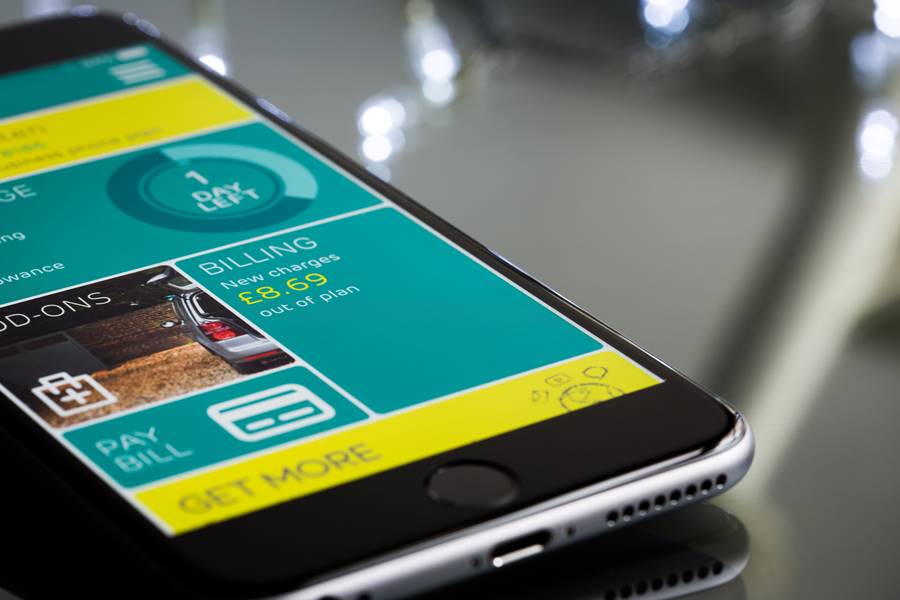The success of a bank can hinge on its mobile app, as it can determine whether a customer chooses to stay or go. This article will delve into the key considerations when crafting a financial app for mobile banking.
In our current digital landscape, banking must be convenient, accurate, secure, and always accessible. Gone are the days of limited banking hours confined to physical branches. Today’s customers demand and anticipate 24/7 banking services.
How can this be achieved? Let’s explore some tips for building a user-friendly mobile banking application with a seamless and intuitive User Interface (UI).
Who is the target audience for the banking app?
Is it designed for millennials? If so, consider a vibrant, multi-colored app interface with a playful vibe. Is it targeted towards clients with established careers or businesses? A Wall Street theme, incorporating colors like brown, black, white, beige, or a grainy wood texture, might be more suitable. If the bank has an existing color scheme, select an appealing palette that reflects its brand identity.
Banking is a competitive landscape; hence, a reliable banking app is essential
In today’s corporate meetings, especially at the headquarters level, creating a mobile banking application is likely a top priority for banks. Having a robust mobile app is essential for banks to stay competitive and provide seamless services to their customers.
And not just any mobile banking app will suffice. Clients expect an app that allows them to easily transfer funds, monitor the performance of their mutual funds and stock portfolios, reorder checkbooks effortlessly, and pay bills – all from the convenience of their smartphones.
The banking experience has transformed from face-to-face interactions involving paperwork and standardized services into a personalized, customized, instant, and increasingly digital experience.
The decline of physical currency is rapidly becoming a reality. Payments for everyday expenses, like a $63.34 phone bill or a $14.68 coat, can be seamlessly handled through debit cards or fund transfers, eliminating the need for physical cash. Accuracy down to the last cent is guaranteed, thanks to your reliable app. Everything paid digitally
If your customers find themselves calling or visiting your bank for assistance with the app, it’s a clear sign that the app’s design needs improvement. A well-designed application should be intuitive enough for users to navigate and utilize its features independently. In such cases, it’s crucial to have the app reviewed and updated by its developers.
Leveraging new technology within the app
Strive to make your clients’ app experience as smooth as possible. Go beyond the traditional username and password login process. Embrace advanced technologies like Fingerprint Unlock and Facial Recognition. These features save users valuable time by eliminating the need for cumbersome and time-consuming login procedures.
Give your bank patrons a sense of pride and something to boast about to their peers regarding the convenient features of your mobile banking app. Their positive experiences will serve as valuable word-of-mouth marketing. These are some effective tips to keep in mind when designing mobile banking apps.
Imagine the satisfaction of your customers when they can manage their banking and financial information directly from their pockets, transfer funds instantly, and settle bills using their bank accounts - conveniences that seemed impossible just a decade ago. Your banking app is the key to providing these modern-day conveniences.
Your mobile banking application should fulfill all your clients’ desires
User Interfaces (UIs) for mobile banking application design must be intuitive and easy to learn. An effective banking app should have a visually appealing design that is user-friendly, intuitive, and easy to navigate. The app should aim to minimize the cognitive load on users, enabling them to perform their banking tasks efficiently and accurately. A well-designed app that achieves these objectives will attract new account applications to your bank from individuals eager to benefit from the digital revolution.
Creating a successful mobile banking app requires considering both the legal and compliance aspects as well as the brand experience of clients. App developers need to strike a balance between meeting customer needs and adhering to regulatory requirements. In essence, these are the essential elements legal roadblocks when designing banking and financial apps.
Imagine an app where your clients can track their mortgage payment history, check the status of their business loan applications, or easily transfer funds to cover expenses while away on a school trip.
Moreover, the banking app could have a built-in feature to convert funds to the local currency of the country they are visiting. In conclusion, this guide provides valuable insights and tips for designing successful mobile banking financial apps.
Testing and Feedback
Regular testing is crucial to ensure the app remains functional and secure. This should involve both automated and manual testing processes. Ideally, real users should be included in beta testing phases to gather qualitative feedback. Regular updates based on user feedback and evolving regulatory requirements are essential for maintaining the app’s relevance and security.
Conclusion: Considerations for Designing Banking & Financial Apps
Developing a successful mobile banking app requires a balanced approach that considers aesthetics, functionality, and security. By prioritizing user experience, security, customization options, and regulatory compliance, banks can deliver an app that meets and surpasses user expectations. As mobile banking continues to evolve, staying current with technological advancements and user preferences will be crucial for designing an app that stands out in the competitive financial landscape.
In today’s digital world, a well-designed mobile banking app is more than just an extension of a bank’s services; it’s a critical tool for growth and customer retention.
